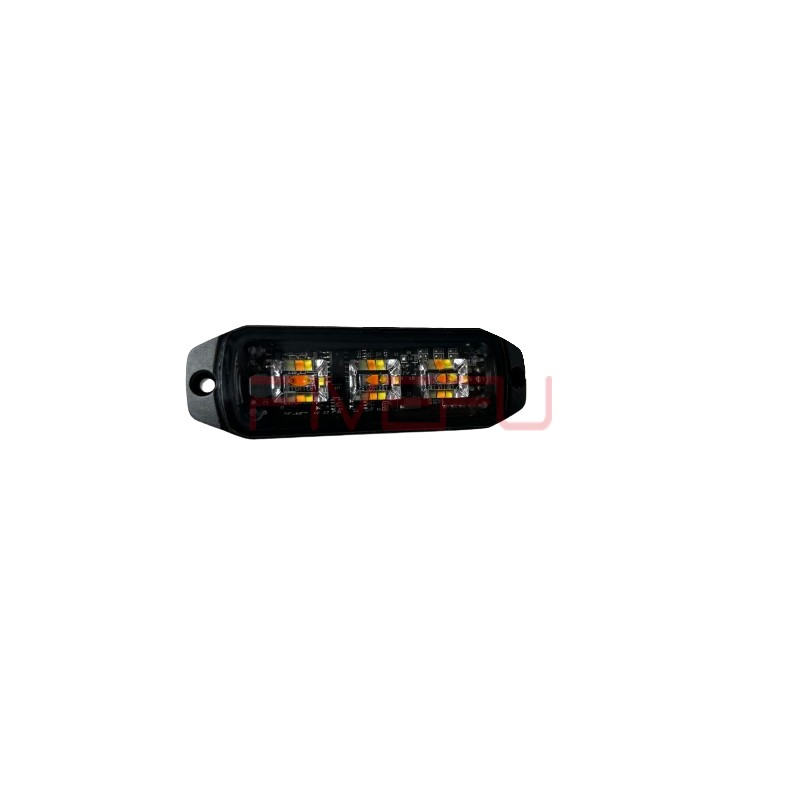Driving with overly bright headlights can be blinding to other drivers, creating a dangerous situation. If you’re not mindful of your headlights’ intensity, you risk impairing the vision of those behind you, potentially leading to accidents. Adjusting your headlights properly is key to avoiding these issues and ensuring safety on the road.
Headlights that are too bright can blind drivers behind you, causing unsafe driving conditions. Adjusting your headlights properly ensures safety and reduces the risk of accidents.
Want to avoid blinding the driver behind you while still having bright lights? Let’s take a closer look at how to manage your headlights correctly.
The Dangers of Overly Bright Headlights
When your headlights are too bright, they can dazzle the driver behind you, making it hard for them to see the road ahead. This can lead to accidents, especially on dark or poorly lit roads. The glare can also cause temporary blindness, which may impair a driver’s ability to react quickly to obstacles or other vehicles. It’s crucial to maintain your headlights at the appropriate brightness level to avoid these dangerous situations and contribute to safer driving for everyone on the road.
Causes of Blinding Headlights
There are several reasons why your headlights might be too bright. One common cause is misalignment, where the headlights point too high or in the wrong direction. This can happen after installing new bulbs or after a vehicle’s suspension system is altered. Another cause is the use of high-intensity bulbs that exceed the standard brightness levels, creating unnecessary glare. Over time, headlight lenses can also become cloudy, diffusing light and increasing the intensity of the glare. Proper maintenance and regular adjustments are key to preventing this issue.
How to Adjust Headlight Brightness
To avoid blinding the driver behind you, it’s essential to adjust your headlights properly. Start by ensuring that your vehicle is parked on a level surface. Next, locate the headlight adjustment screws, usually near the headlight assemblies. Use a screwdriver to adjust the beam’s angle, ensuring that it points slightly downward and doesn’t shine directly into the eyes of drivers in other vehicles. Regularly check the alignment of your headlights, especially after any changes to the vehicle or its suspension. Ensuring that your headlights are properly aimed will help keep the roads safer for everyone.
Upgrading to LED Headlights
If you’re looking for brighter headlights that don’t cause glare, consider upgrading to LED headlights. LEDs provide bright illumination without the intense glare produced by traditional halogen bulbs. They are designed to focus light in a more controlled manner, reducing the likelihood of blinding other drivers. Additionally, LED headlights last longer and are more energy-efficient, providing both brighter light and a longer lifespan. By switching to LED headlights, you can improve your visibility on the road while maintaining a safe distance from other drivers.
Legal Considerations Regarding Headlight Brightness
Many regions have specific laws regulating the brightness and alignment of headlights. Overly bright headlights can lead to fines and penalties, as they are considered a safety hazard. Check your local traffic laws to ensure that your vehicle complies with headlight regulations. Regularly inspect your headlights and make sure that they meet the legal standards to avoid potential issues with law enforcement.
Conclusion
Properly adjusting your headlights prevents blinding other drivers and improves road safety. Consider upgrading to LED lights for better visibility without the glare.









